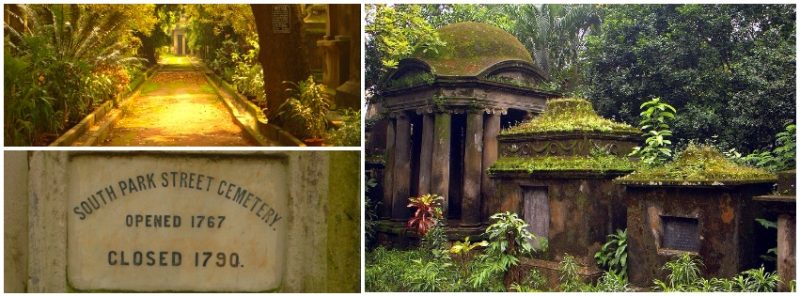The Park Street Cemetery was one of the earliest non-church cemeteries in the world, and probably the largest Christian cemetery outside Europe and America in the 19th century.
Opened in 1767 on what was previously a marshy area, the cemetery was in use until about 1830 and is now a heritage site, protected by the Archaeological Survey of India (ASI). The cemetery was opened to relieve the pressure on the old burial ground in the heart of the city.
The road leading to the cemetery came to be known as the Burial Ground Road but was subsequently renamed Park Street after the park around Vansittart’s garden house.
By the year 1785 the burial ground had been extended on the northern side of Park Street and by 1840 a vast new cemetery was opened to the east of the Lower Circular Road. The Europeans started to disuse it in the year 1790. It has been confirmed by a marble plaque at the gate which reads “South Park Street, Opened:1767, Closed:1790”.
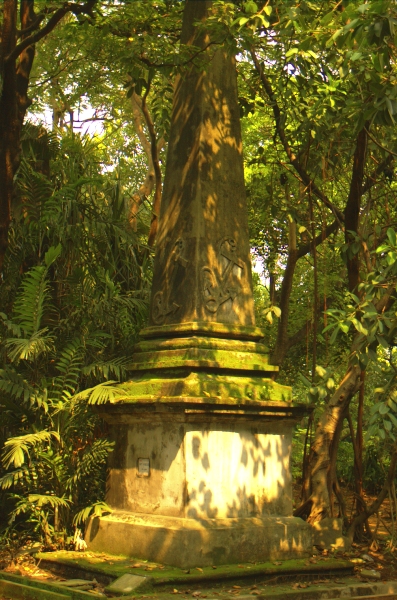
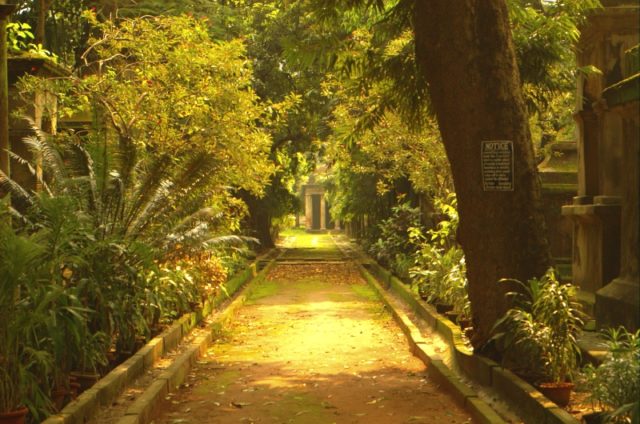
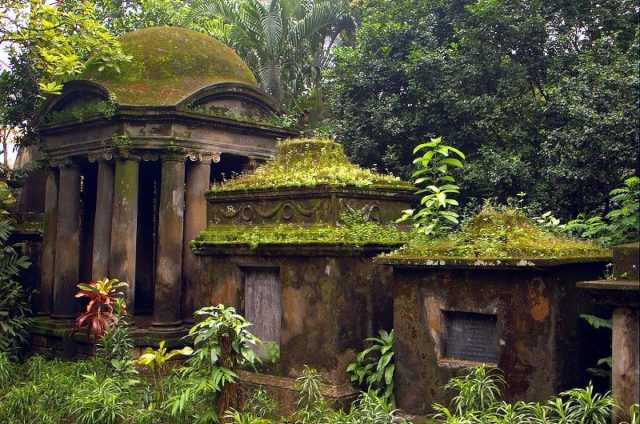
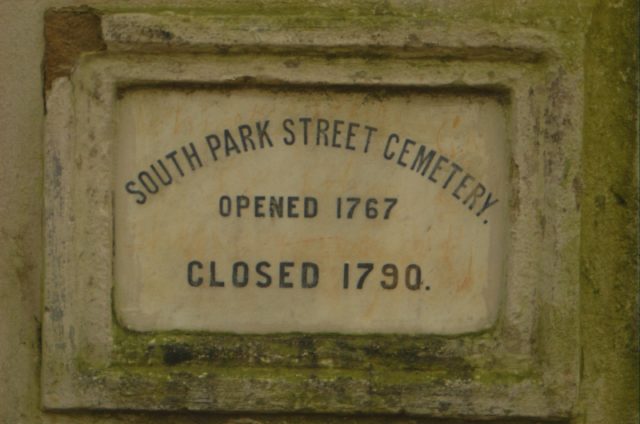
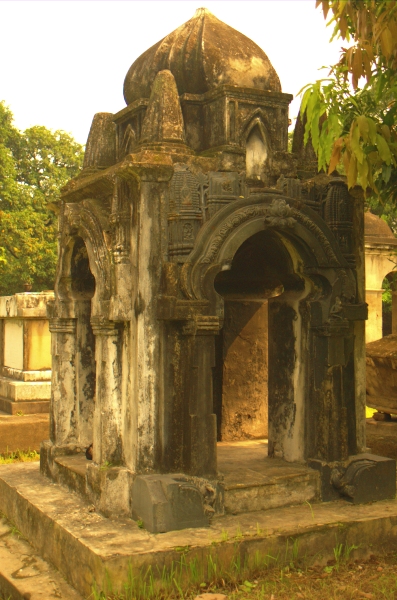
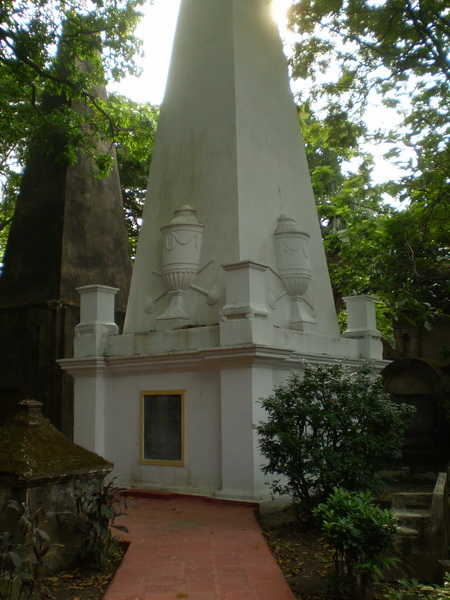
The memorials are almost all architecturally imposing and replete with classical details and sculptures. Among the interesting professions mentioned in the epitaphs are: breeder of cattle, jail-keeper, silversmith, schoolteacher, architect, translator, livery, printer, head tide-waiter, park superintendent, cooper, postmaster and surgeon.
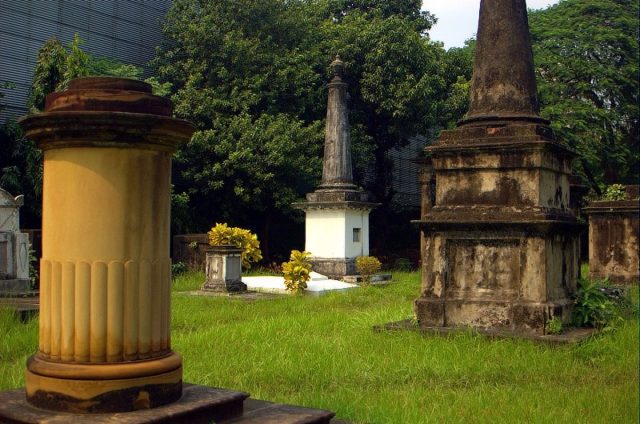
The oldest grave in this graveyard is of Mrs.S.Pearson (1768).The tombs are a mix of Gothic and the rich flavor of the Indo-Saracenic style. Among the Indo-Saracenic tombs is a unique and composite brick structure built in the ‘panchyatana’ manner, with a central dome flanked by miniature replicas of Orissan ‘rekha deul’ on four sides. Coupled with this peculiarity, the black basalt carvings on the frontal façade indicate a distinct respect for the Hindu faith.
